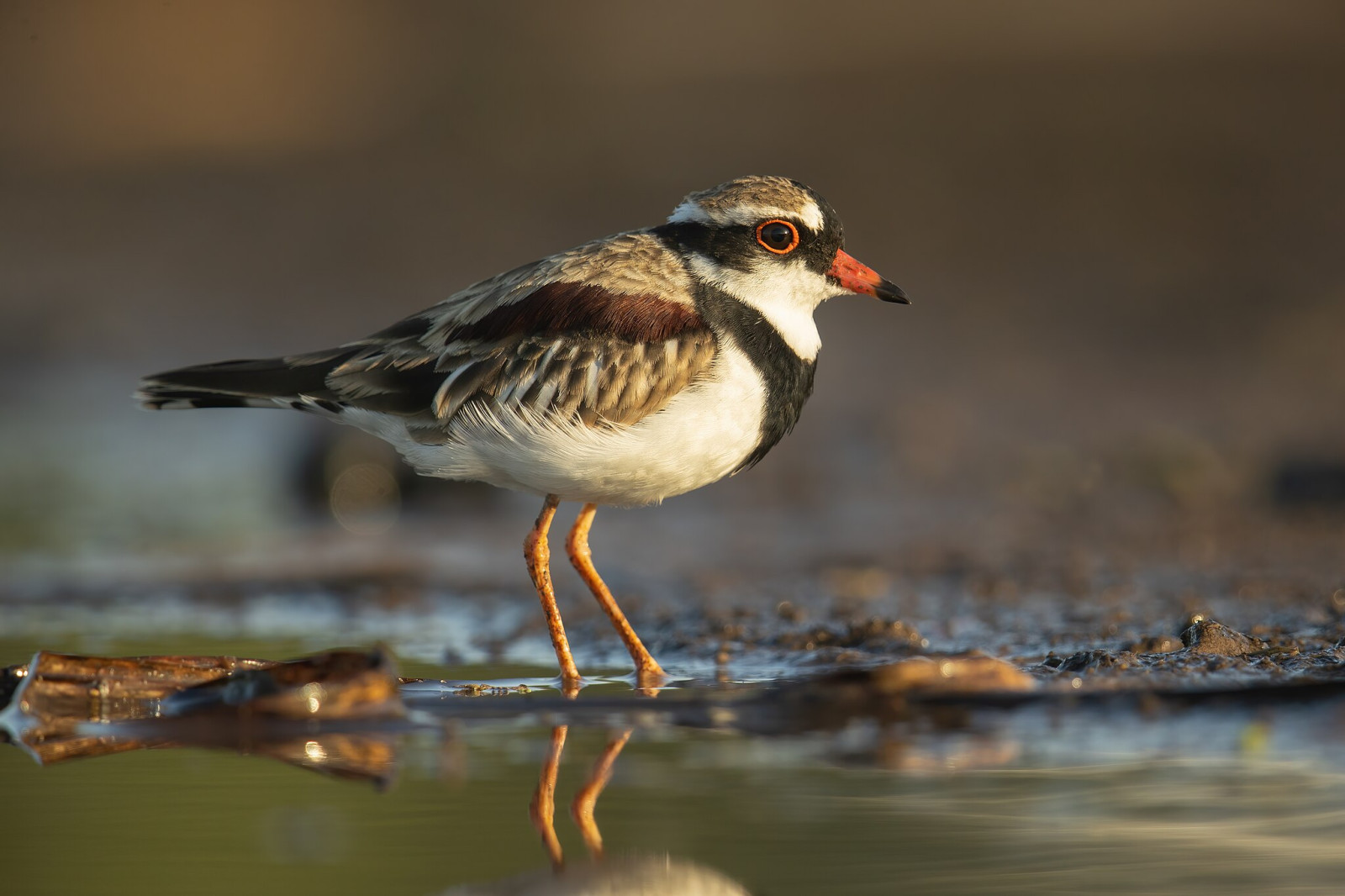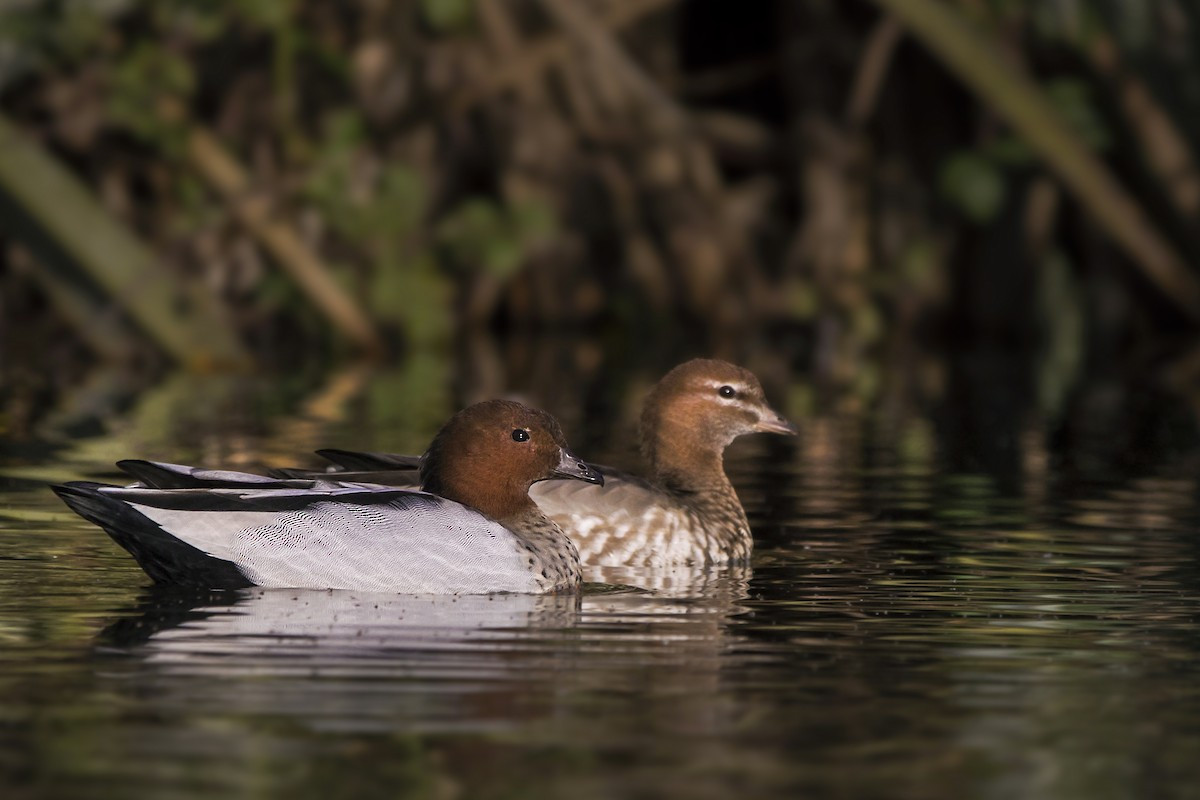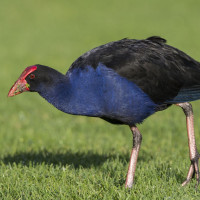Beschreibung
The water level and number of birds on Pitt Town Lagoon changes through the year. Changing water levels favour different birds. Mud-flats created by a receding shoreline are ideal for Black-fronted Dotterels, while shallow water with inundated vegetation is ideal for Red-kneed Dotterel. Some species only appear at certain times of the year. Among the less common birds birds you can observe at the lagoon are Sharp-tailed Sandpipers, Fairy Martins, Baillon’s Crake, Australian Spotted Crake, Black-tailed Native-hen, Red-capped Plover or Australian Painted Snipe. Common to abundant birds on the lagoon are Pink-eared Ducks, Australasian Shoveler, Chestnut Teal, Pied Stilt, Royal Spoonbill, Australian Ibis, Australian Pelican, Little Black Cormorant and Great Cormorant. But many more birds can be spotted, see the birdlist below.
Details
Zugang
Pitt Town Lagoon is located in Pitt Town, 59 kilometres north-west of Sydney. The lagoon is accessible only through a nature strip beginning at the end of Church street that leads to a big shelter for bird watchers. The reeds in front of this shelter are being kept low, to give a view of the lagoon. You can park on Bathurst Street. Click on the P in the map for directions or coordinates. From the parking it is about a 300 m walk to the bird hide.
Terrain und Habitat
Feuchtgebiet , SchilfflächenBedingungen
Sumpfig , Offene LandschaftRundweg
NeinIst ein Spektiv nützlich?
Möglicherweise hilfreichGute Beobachtungszeit
GanzjährigBeste Beobachtungszeit
Frühjahrszug , HerbstzugRoute
Normaler WegSchwierigkeitsgrad der Tour
EinfachErreichbarkeit
zu FußBeobachtungshütten oder -türme
JaLinks
- Photo Black-fronted Dotterel at Pitt Town Lagoon by JJ Harrison, CC BY-SA 3.0, via Wikimedia Commons



